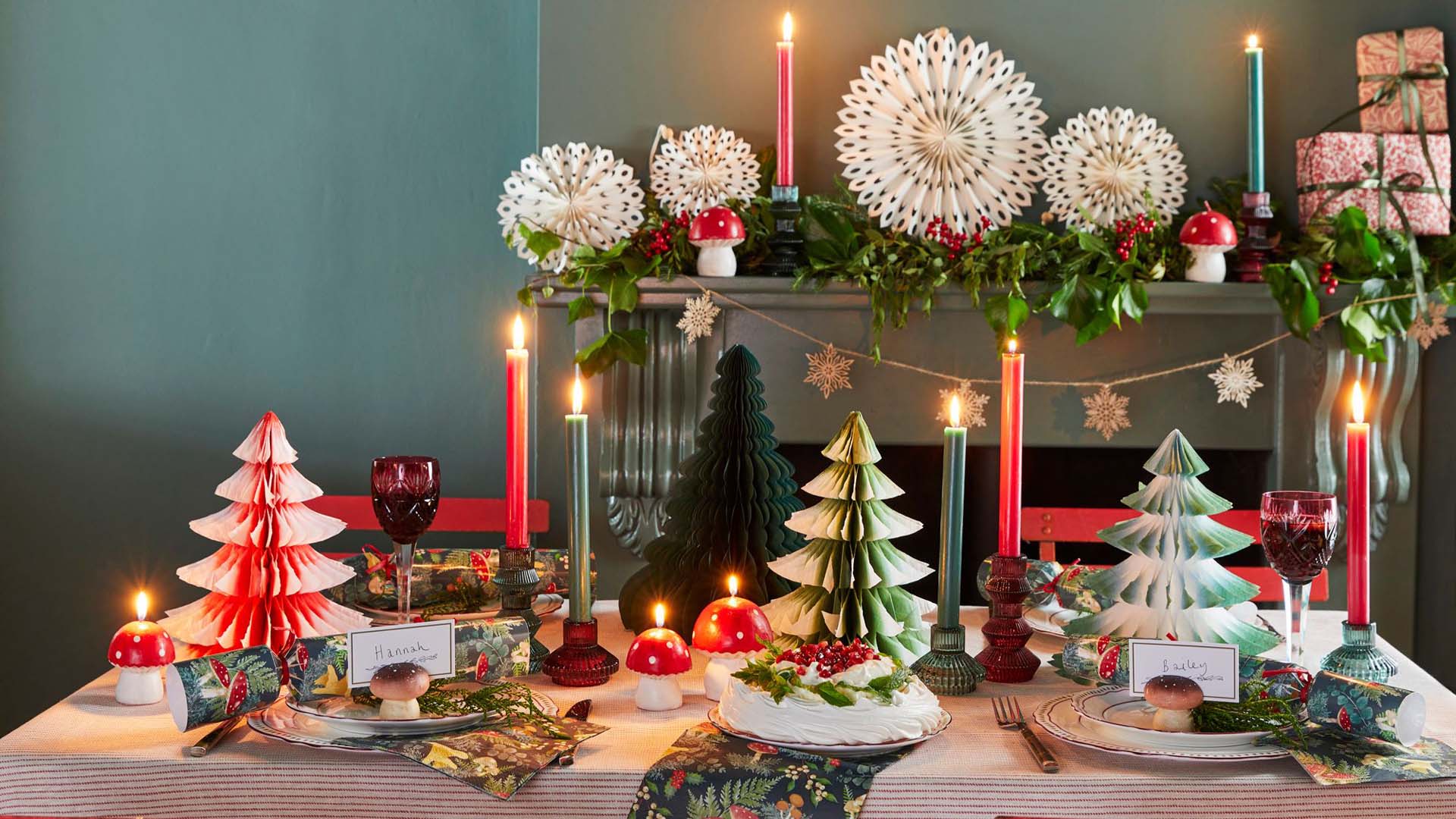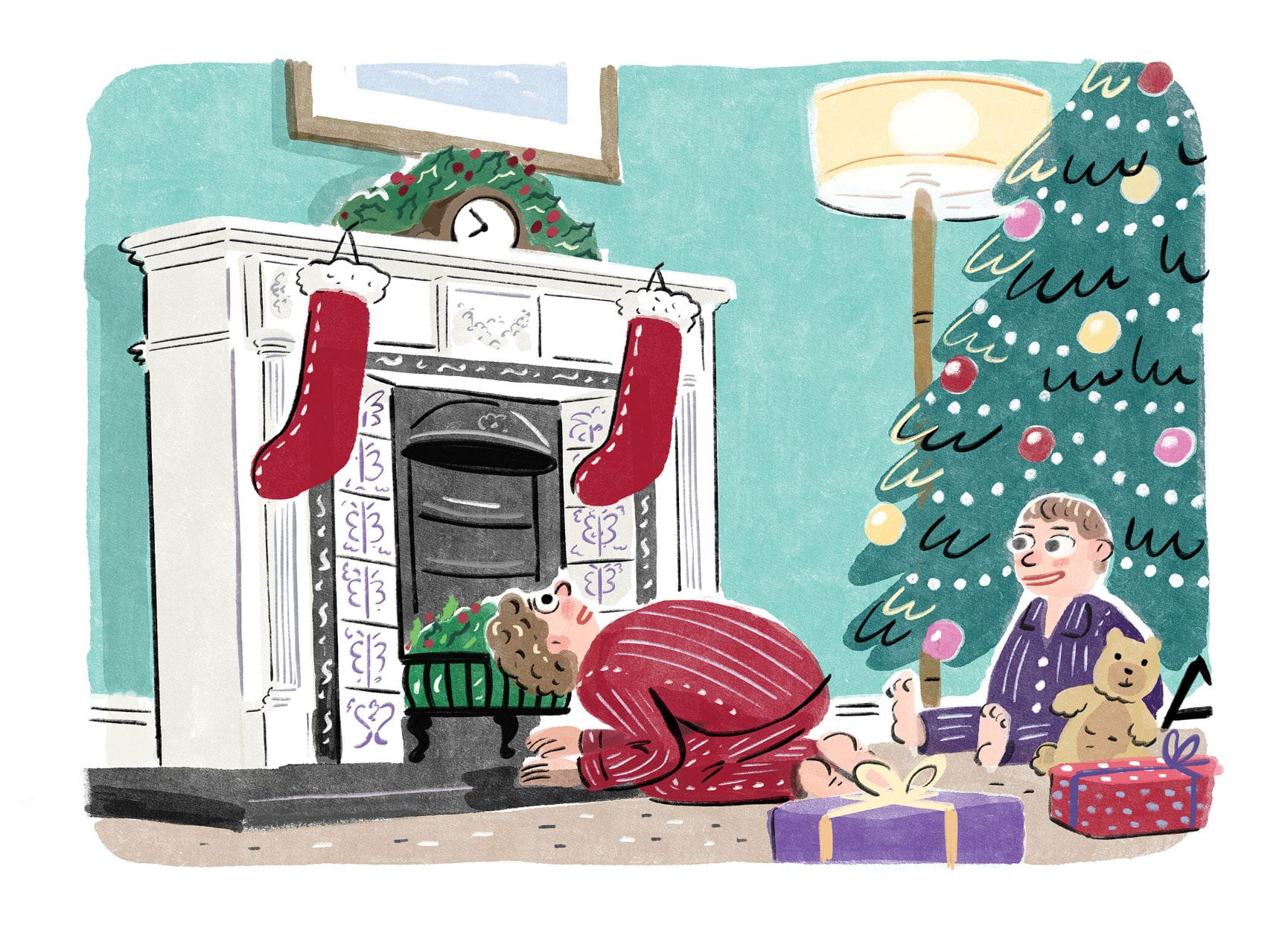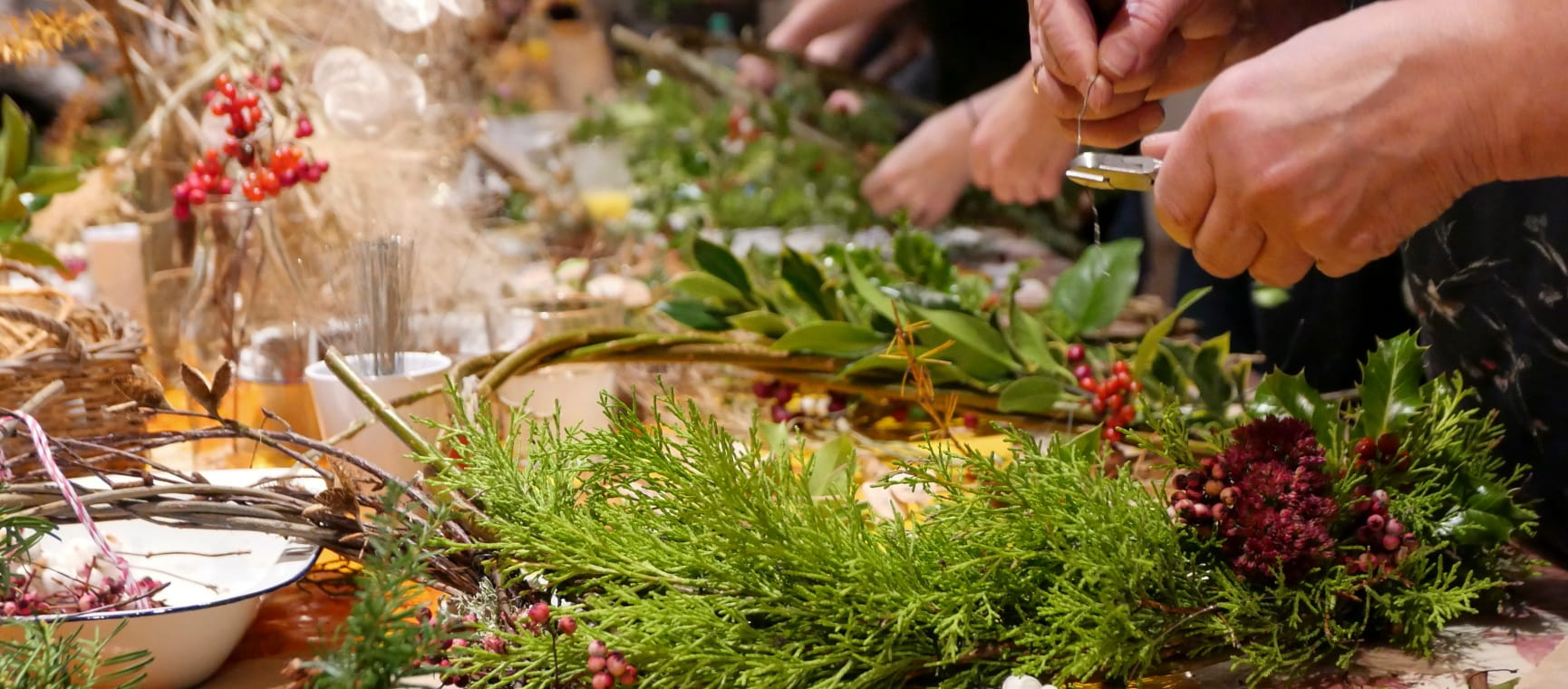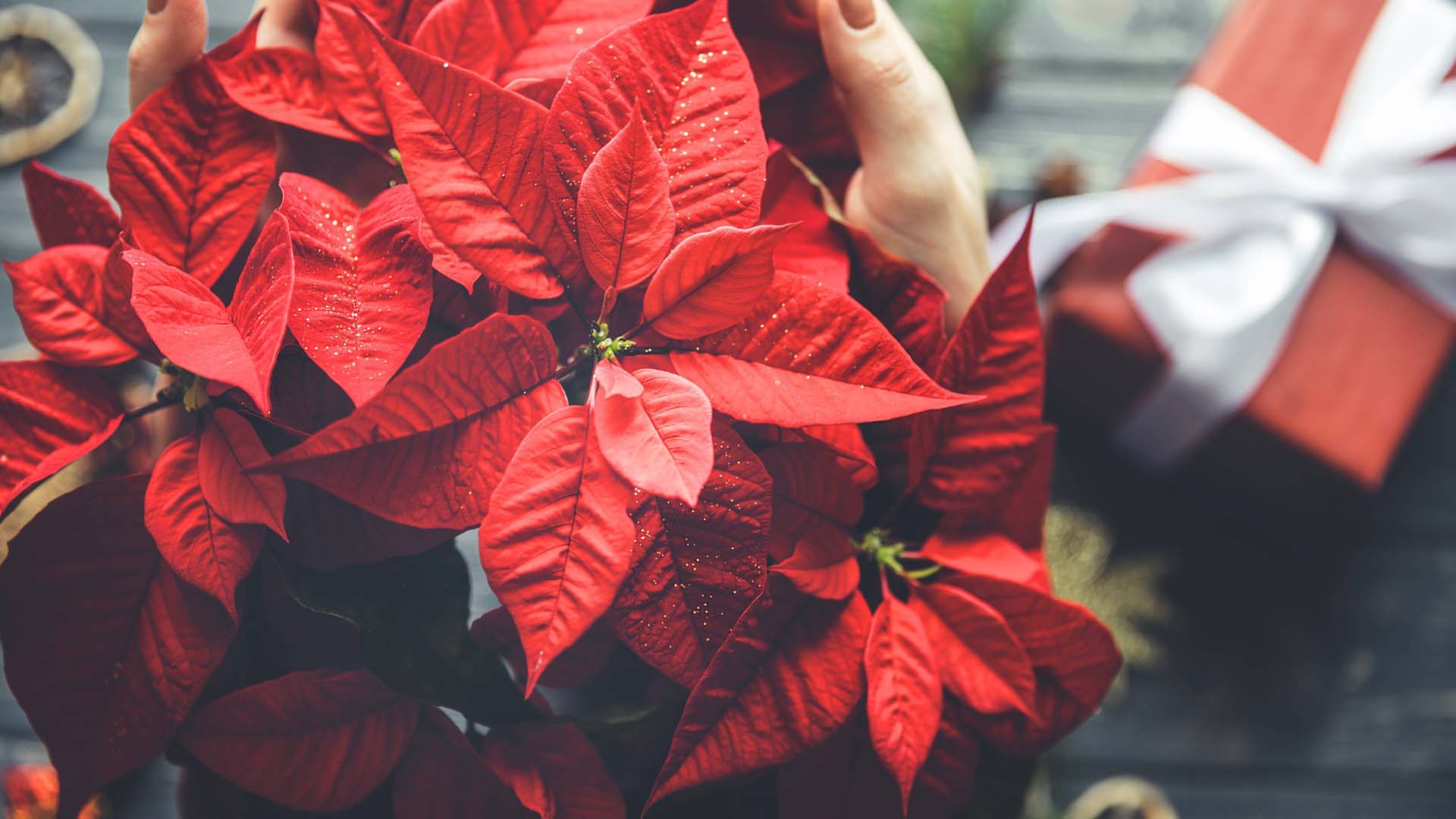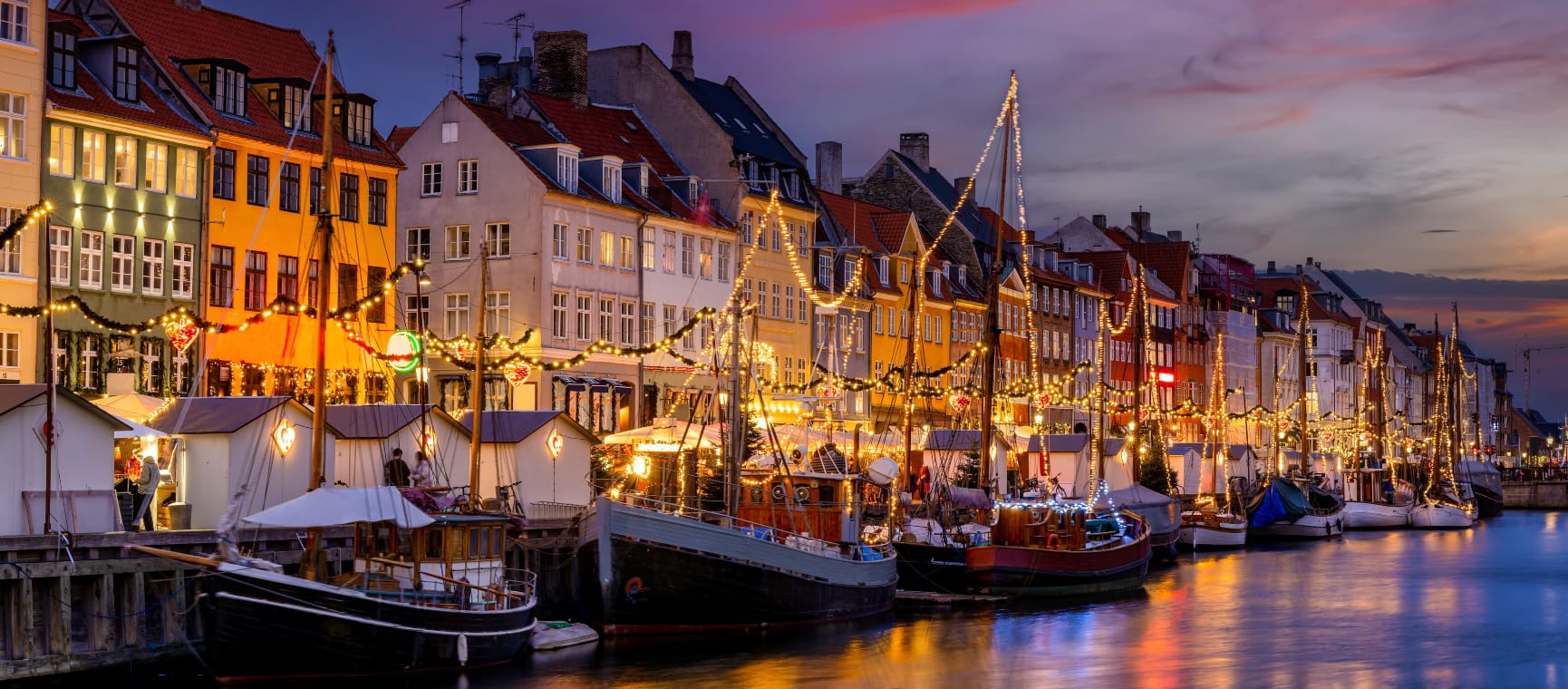
From decorating trees with twinkling lights and glittering baubles, to eating Advent chocolates from behind tiny doors, Christmas wouldn’t be the same without our favourite festive traditions.
Whether you celebrate midnight mass in a candlelit church, or enjoy a Boxing Day stroll with the family to work off those turkey dinners, we all have our own time-honoured traditions – often passed down through generations and observed without fail every December.
But while we’re busy vacuuming pine needles with a sherry in one hand and a mince pie in the other – people around the rest of the world are celebrating different yuletide traditions and rituals.
Here are ten of the quirkiest Christmas traditions being celebrated around the globe.
The Welsh tradition of Mari Lwyd dates back to the 19th century, a time when many parts of the UK saw customs of people dressing up as hooded animals at Christmas and visiting neighbouring houses. The Mari Lwyd represents a horse with mysterious origins, some say it is rooted in Pagan history, others Christianity.
The tradition now is for a person to don a horse’s skull and white cloak, and then accompanied by followers, go from house-to-house in some towns in South Wales. The group calls at the homes where they sing Welsh language songs or else perform a ritual called ‘pwnco,’ an exchange of rude rhymes with the residents.
If the Mari and her group are allowed entry, then the household is said to have good luck for the year ahead.
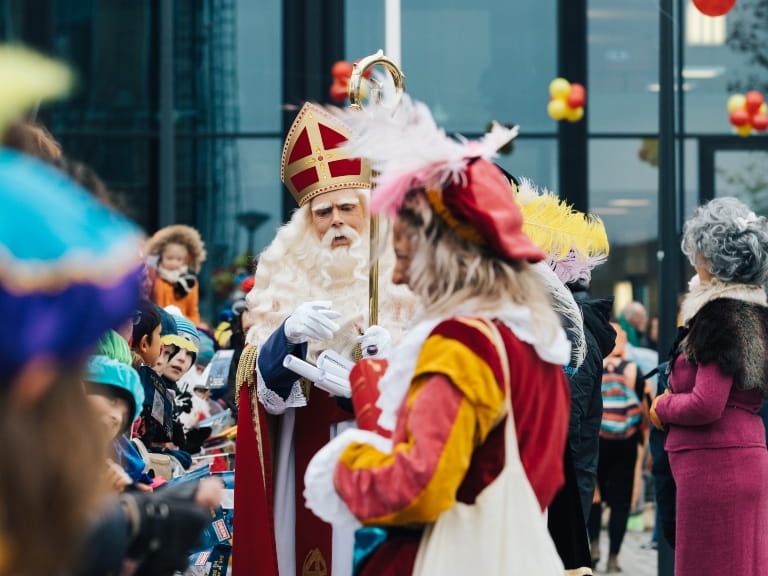
While we’re busy counting down the days until the 25th, in Belgium and the Netherlands, Christmas comes early in the form of Sinterklaas.
In the Netherlands, Sinterklaas is bigger than Christmas Day. Children leave a shoe out when they go to bed on 5th December, and if they’ve been good, they will find it filled with sweets and presents when they wake. Treats include speculoos biscuits, marzipan and chocolate figurines.
Sinterklaas is on December 6th and although it’s not a national holiday, schools often close at lunchtime and there are parades and celebrations.
Sinterklass traces its origins to St Nicholas and Sinterklaas is depicted as a tall, stately figure with a long white beard, dressed in a red bishop’s robe and mitre, carrying a staff. He is said to arrive from his castle in Spain on a steamboat accompanied by his helpers, the mischievous Pieten.
Christmas itself is still a relatively new holiday in Japan, where only one percent of the population follow Christianity – but Japan already has some unique traditions, starting with Christmas dinner: a bucket of KFC.
Ever since the company launched ‘Kurisumasu ni wa Kentakkii’, a marketing campaign in 1974, enjoying a KFC on Christmas Day has become a widespread tradition, with an estimated 3.6 million people partaking in the finger-lickin’ festivities.
Christmas Eve is said to be KFC’s busiest day in Japan, and if you don’t want to wait in line, you can order your fried chicken weeks in advance.
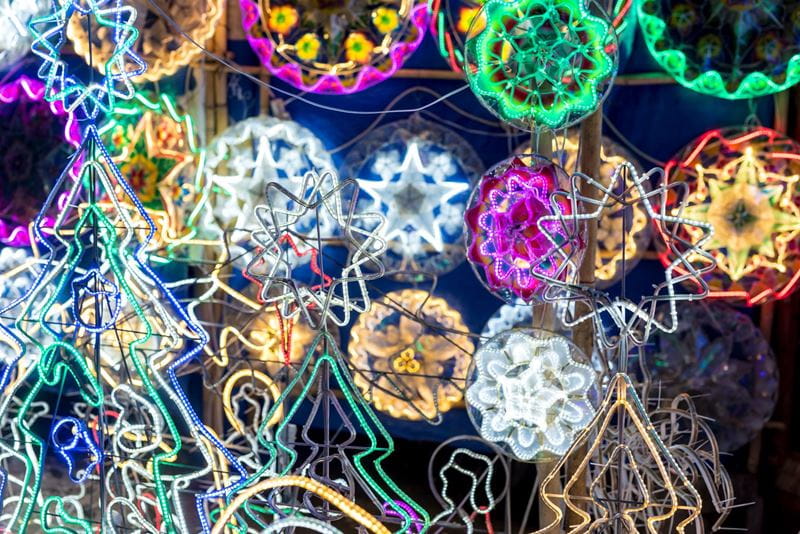
Known as the ‘Christmas Capital of the Philippines’, the city of San Fernando really goes to town with lights and lanterns at the annual Ligligan Parul – or Giant Lantern Festival.
The festival features giant handcrafted lanterns called ‘paruls’, which light up the skies in a symbol of unity and hope. These impressive and intricate lanterns are deeply rooted in Filipino tradition and culture, dating back to a time when simple lanterns guided the faithful during Simbang Gabi – a nine-day series of Masses.
Although the tradition has evolved over the years, Ligligan Parul is still very much a celebration of the heritage, artistry and community of the Filipino people.
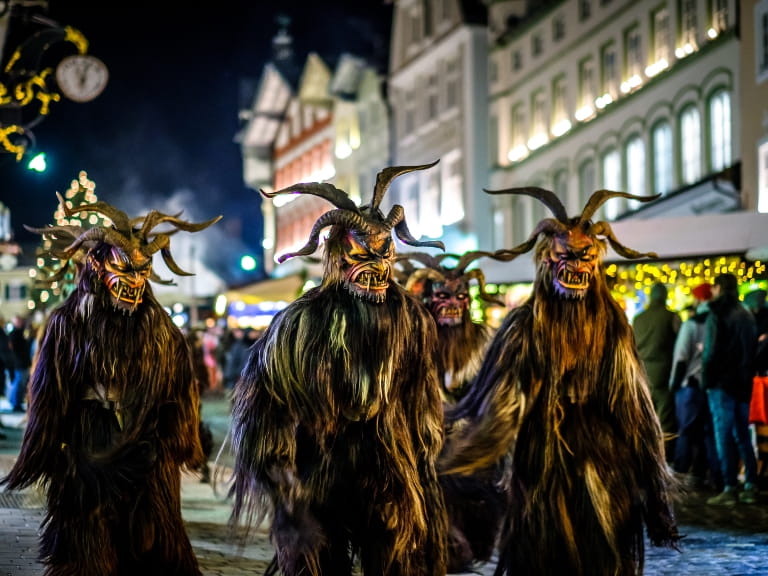
Perhaps the least jolly Christmas figure is Krampus – a cloven-hooved, horned beast with a pointed tongue and fangs, who steals naughty children and drags them to the underworld or whips them with birch sticks into being nice.
Krampus visits on the 5th December, known as Krampus Night, the night before St Nicholas Day.
Half-goat, half-demon, Krampus has roots in Norse mythology and is said to be the son of Hel, god of the underworld. The legend is centuries-old in Germany, where an annual ‘Krampuslauf’, meaning Krampus run, sees hundreds of people dressed as the horned beast parading through the streets.
Rather than the usual 12 days of Christmas, in Iceland, there are 13! Each night in the run up to Christmas, Icelandic children are visited by the Yule Lads – mischievous little fellows who leave gifts and treats for good boys and girls. Each Yule Lad has a different personality and visits on a different night, though in older stories, they were considered more troublesome, playing tricks on children in the night.
Tradition dictates that children must leave a shoe on the windowsill at night, which will be filled with small gifts – or rotten potatoes, depending on whether they make the naughty or nice list. A slice of leaf bread, a traditional Icelandic Christmas treat, might sway the Yule Lads’ decision.
Another charming Icelandic custom is to buy books as gifts which are exchanged on Christmas Eve. Families then spend the rest of the evening cosied up next to the fire with their new books and some sweet treats.
If you want to try this tradition too, we’ve got our choice of the best books for giving this Christmas.
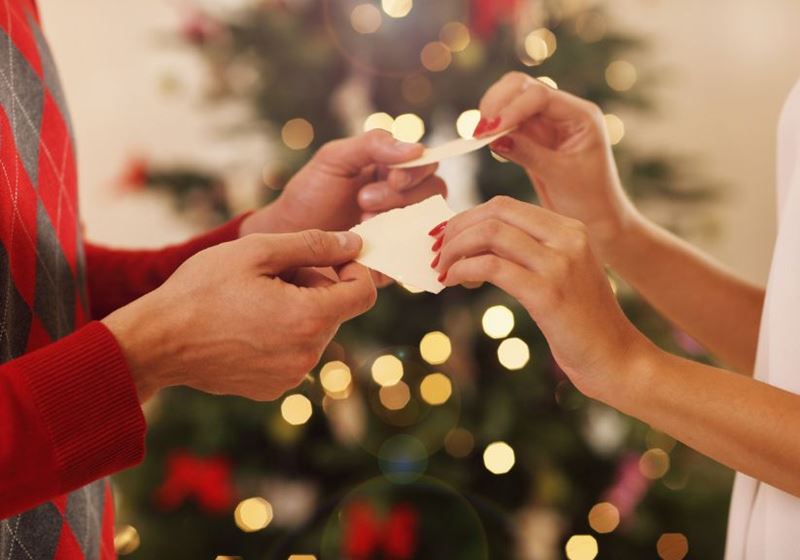
Christmas Eve is an important day in Poland, called Wigilia, where the festivities begin after the first star appears in the night’s sky – a tradition that honours the Star of Bethlehem.
Once the first star has been spotted, the family sit down after a day of fasting for a 12-course meal (marking the 12 apostles or 12 months of the year), beginning with a Christmas wafer and the sharing of well wishes or prayers.
Among the traditional dishes are Christmas Eve carp, pierogi, and poppy seed cake. After dinner is when the carol singing and exchanging of presents begins.
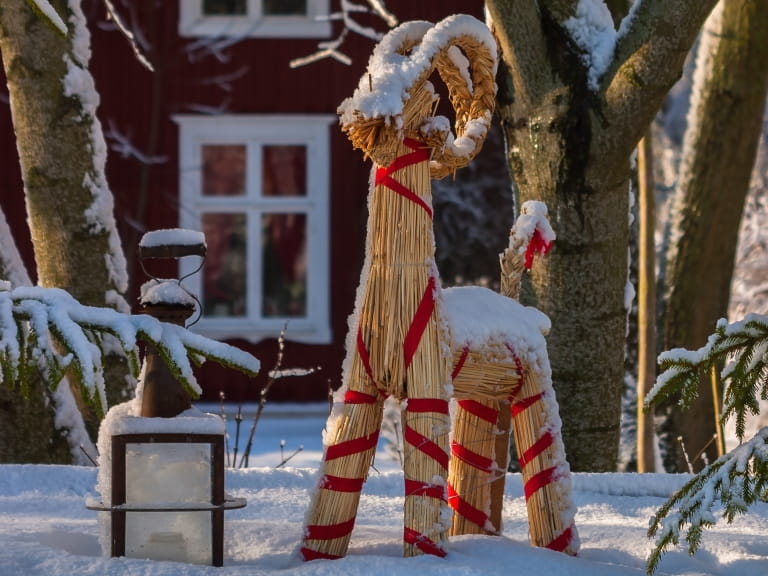
The Yule Goat, or Julbocken, has been a predominant Christmas symbol in Scandinavian countries since Pagan times. While its origins aren’t fully known, it’s believed to have roots in Norse mythology and is linked to Thor, the God of War, whose chariot was pulled by two goats.
With the arrival of Christianity, the Yule Goat became a symbol of Christmas and was said to deliver gifts – in some stories carrying them for St Nicholas, and in others demanding gifts rather than giving them.
Nowadays, it’s tradition to make a Yule Goat from straw and red ribbon, and while they’re usually found decorating the Christmas tree.
In the town of Gävle, Sweden, you can find a giant straw goat in the town centre – an annual tradition that began in 1966.
The Gävle Goat is installed from the first Sunday of Advent, and you can even live stream it.
On the 13th December, the longest night of the year according to the old Julian calendar, Scandinavian countries celebrate St Lucia’s Day, called Luciadagen, an atmospheric festival of lights.
For many, St Lucia’s Day marks the beginning of Christmas and features a procession led by the figure of Lucia, followed by children dressed as handmaidens, star boys and gingerbread men, who carry candles and sing Christmas songs.
Traditionally, the eldest girl in the family is adorned in a white gown and a crown of foliage and nine candles, and serves food and treats to her family. The custom commemorates Lucia, who delivered food to those in need, leading her way with candlelight.
The celebratory foods are lussekatter (or lussebullar), an S-shaped saffron bun dotted with raisins. These are washed down with glögg/gløgg or cups of coffee.

In perhaps the most whimsical of Christmas traditions, on the 23rd December, the Mexican city of Oaxaca comes alive – with radishes.
More than a hundred years ago, legend tells of a bumper crop of radishes that was left unharvested – until two monks dug them up months later and discovered the giant and strangely shaped vegetables.
They went down a treat at the Christmas market, and locals have been carving huge radishes ever since. In 1897, the mayor even turned the tradition into an official celebration, Night of the Radishes, with artists and amateurs alike participating in the annual competition.
The vegetables are grown to be much larger than your standard radish, ready to be carved. They really are works of art, from nativity scenes and cultural imagery to intricate architecture and even replicas or famous artworks.
One to think about next time you’re down at the allotment.
The 23rd December is also an important date in the Norwegian Christmas diary, as the day the family come together to decorate the Christmas tree, bake gingerbread houses and eat ‘risengrynsgrøt’, a type of traditional rice pudding.
It’s also the time to get the house clean ready for the big day – which is celebrated on the 24th with a feast followed by gift opening.
Christmas isn’t complete without a visit from ‘Julenissen’, a gnome-like figure rooted in Norwegian folklore, who brings gifts on Christmas Eve.
Once the Christmas cleaning is done on Little Christmas Eve, in Norway, it’s customary to hide the all the brooms and mops in a safe place.
According to folklore, witches and evil spirits come out then and steal them to ride on.

Jamborees, games, rum shops throwing open their doors: our columnist compares Christmas in the West Indies and the UK.
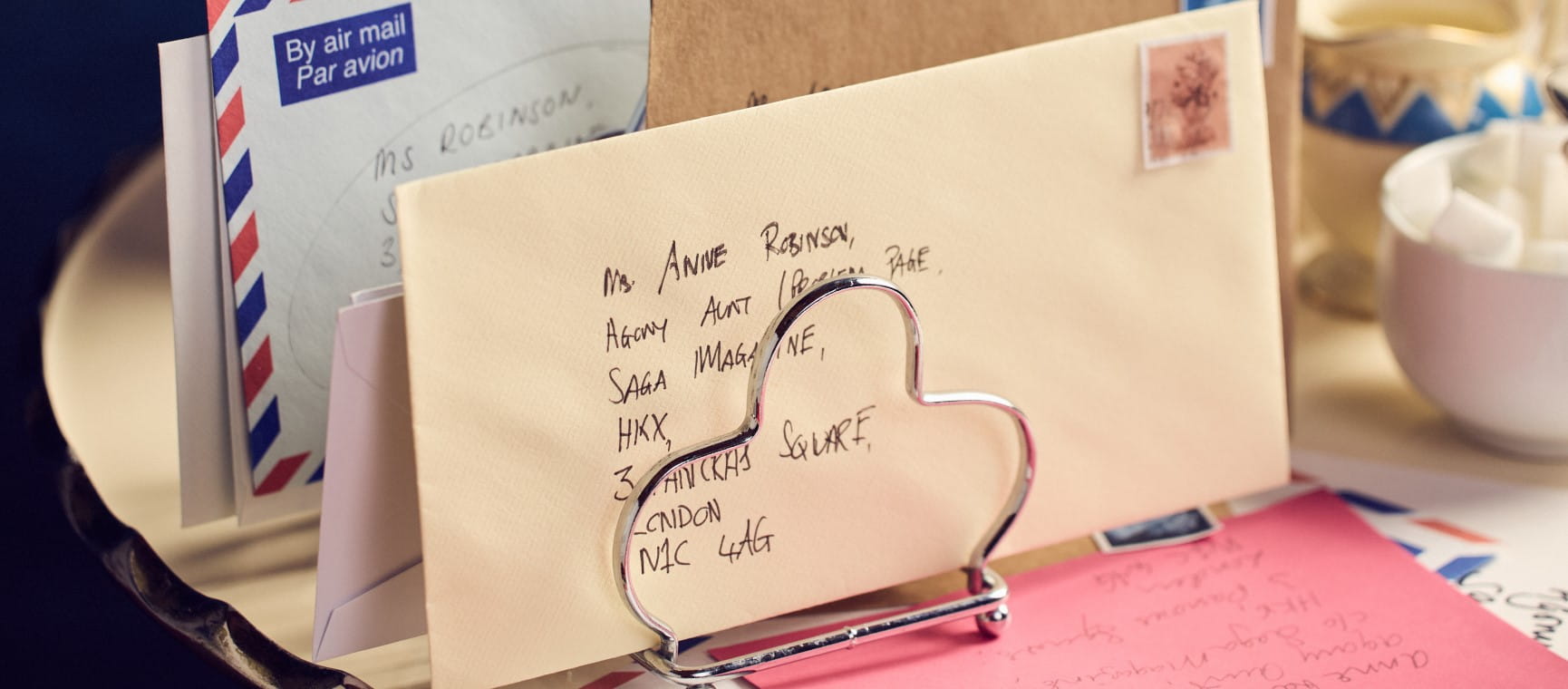
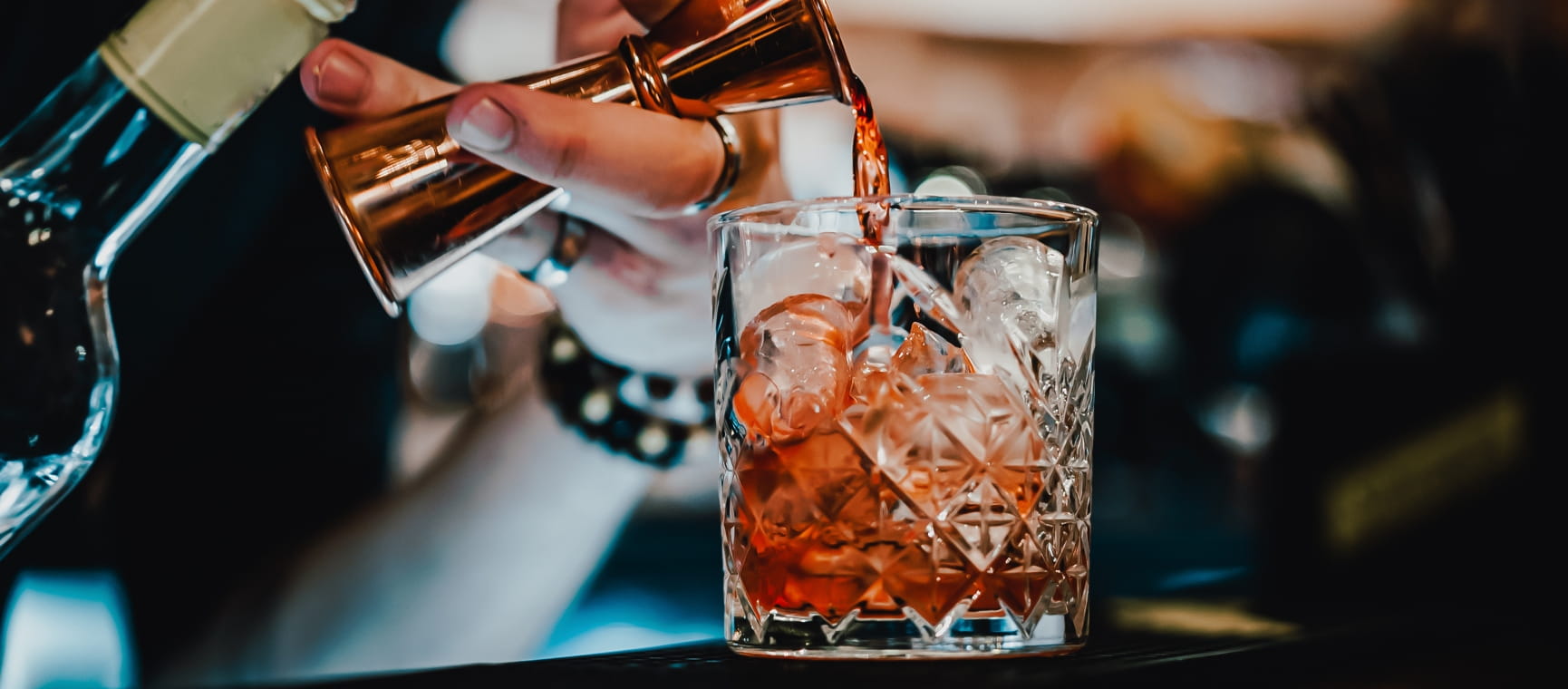
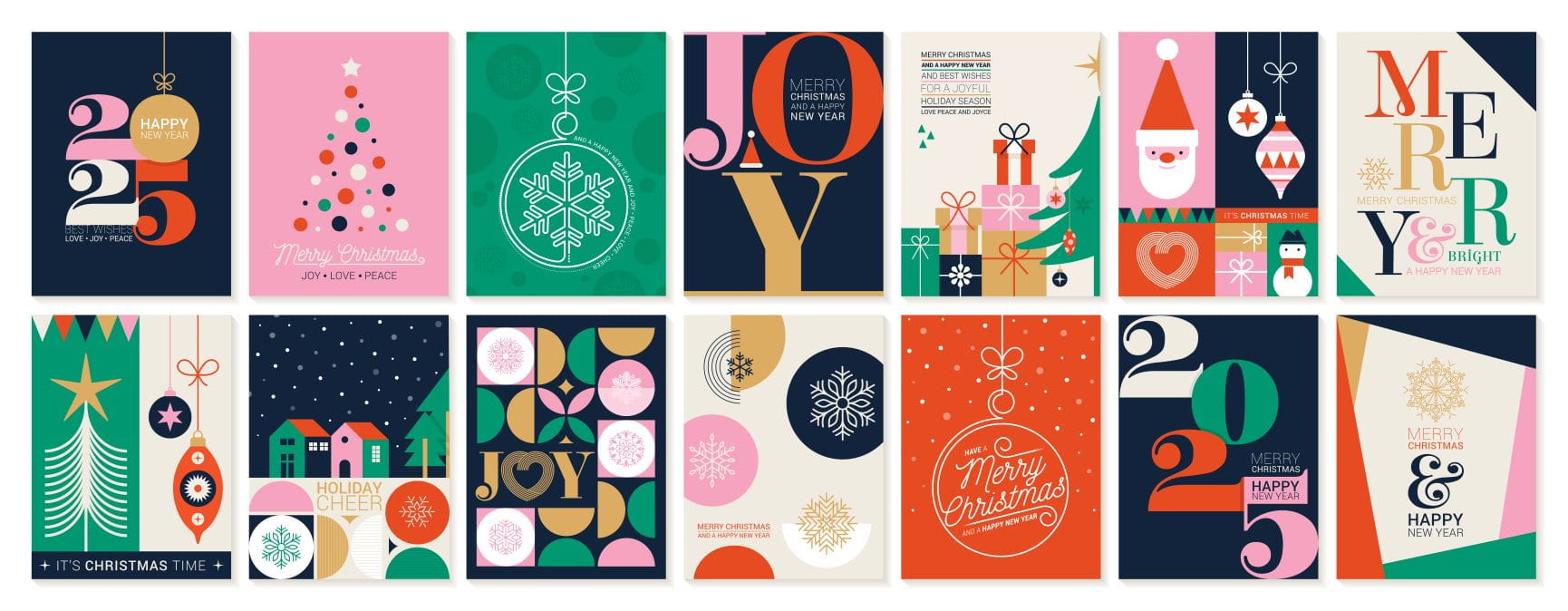
Are Christmas cards going out of fashion? Not according to our survey.
